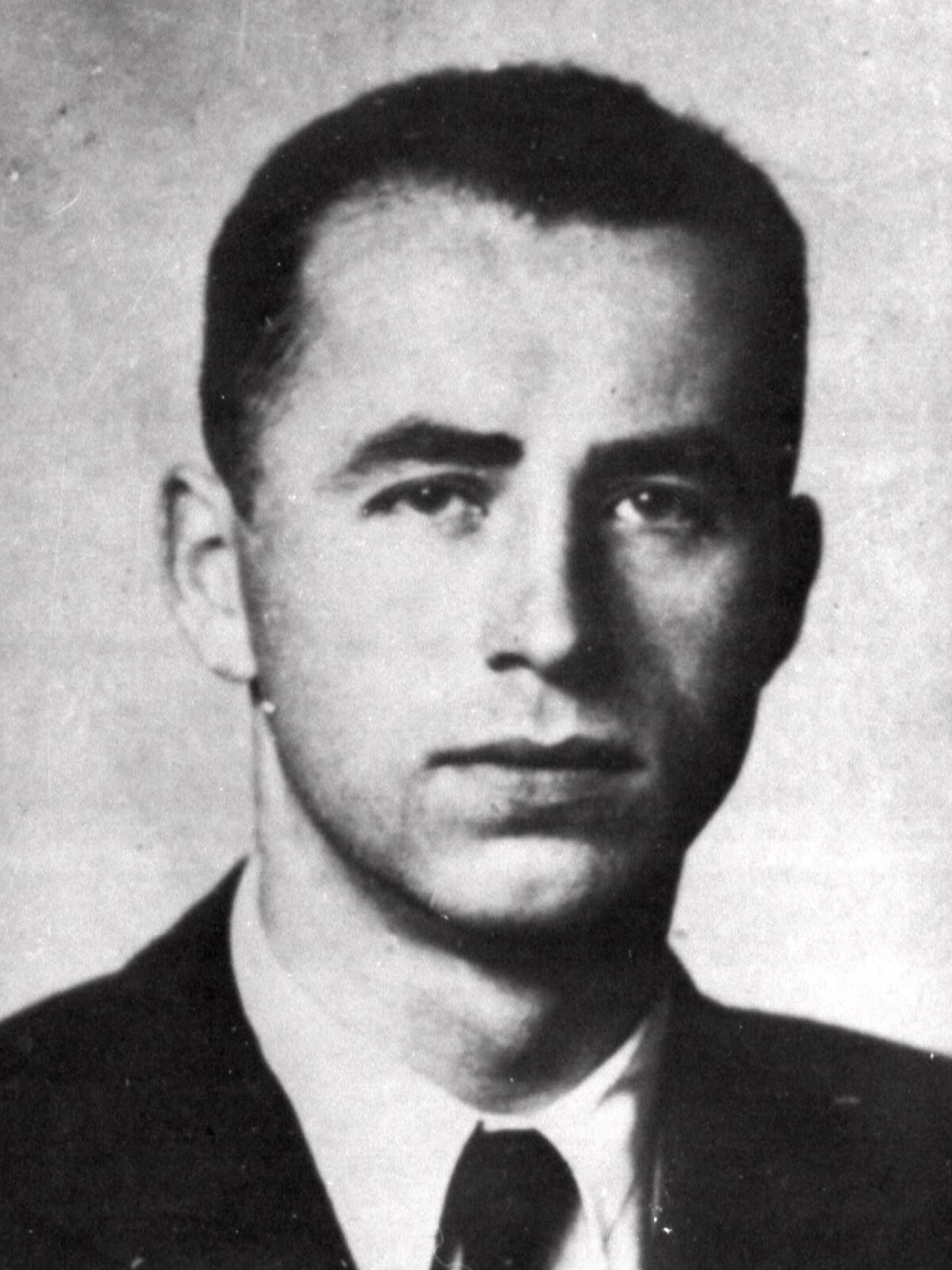When The Third Reich collapsed in 1945 after 12 miserable years of existence, the victorious Allies vowed to hunt down Nazi war criminals “to the ends of the earth.” Fixated on this objective, the Nuremberg war crimes trial went ahead and a de-Nazification process was launched in the newly-created Federal Republic of Germany.
But as the Cold War intensified, pitting the United States and the West against the Soviet Union and its satellite states in Eastern Europe, Western and Soviet intelligence services began using former Nazis as spies for their own ends.
The West needed them in its struggle against communism. The Soviets regarded them as useful moles in West Germany, which was aligned with the United States.
Still other former Nazis became freelance arms traffickers, particularly in the Third World.
Israel and Arab countries recruited them for their own expedient purposes.
These Nazi figures are at the center of Danny Orbach’s voluminously detailed Fugitives: A History of Nazi Mercenaries During the Cold War (Pegasus Books), which is partly based on newly declassified documents from the partially opened archives of U.S., German and Israeli secret services.
Orbach, a professor of history at the Hebrew University in Jerusalem, focuses on U.S. efforts to recruit former Nazis. This campaign was spearheaded by the Central Intelligence Agency and the U.S. army’s Counterintelligence Corps, which employed ex-members of Nazi Germany’s intelligence agencies and Germans who had been in the SS and Gestapo and had participated in the Holocaust.
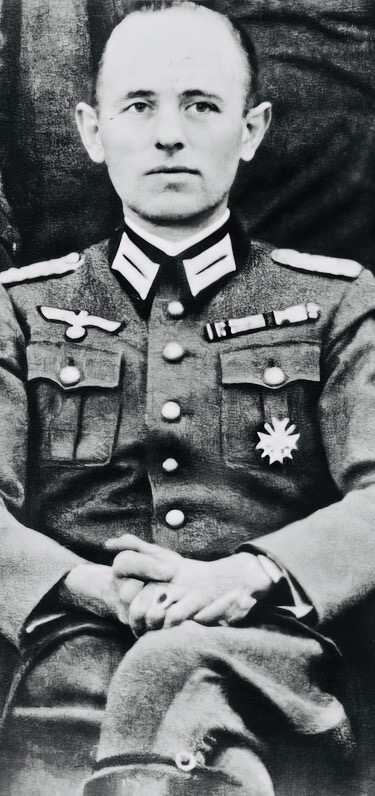
Among them were Reinhard Gehlen, an espionage officer who was instrumental in establishing West Germany’s intelligence services, and Klaus Barbie, a Gestapo chief in occupied France.
The U.S. Nazi network began on a relatively small scale when the Joint Chiefs of Staff ordered General Dwight Eisenhower, the commander of American forces in Europe, to arrest all Nazi war criminals except those who could be useful for intelligence or military purposes.
By the autumn of 1945, as relations between the United States and the Soviet Union soured, communists began replacing Nazis as the major threat to liberated Germany. Gradually, the problem of bringing Nazi war criminals to justice was deemed as an issue of the past rather than the present.
“The need to placate the West German population and the Wehrmacht officer corps, necessary allies in the fight against communism, was seen as more important than settling past accounts or doing justice to the victims of the Third Reich,” Orbach writes.
As he points out, “Terrible as it sounds, the American perception was not completely devoid of merit. Compared with the threat of a Soviet invasion of West Germany, assisted by a communist fifth column from within, the chances of a Nazi resurgence were slim to nonexistent.”
Within the framework of the Cold War, Gehlen was one of the United States’ major assets. Perfectly willing to set aside one of the principles of Nazi Germany, antisemitism, he helped the Mossad smuggle agents into Eastern Europe and assisted Jewish refugees there who wished to immigrate to Israel. Considering Israel an anti-communist bulwark, he believed that “Israeli soldiers are the Prussians of the Middle East.”
Gehlen, though, “trivialized” Nazi Germany’s crimes as “regrettable events of the past that should not interfere in any way with contemporary intelligence and military objectives.” In this respect, he played a leading role in tracking down Soviet and East German spies in West Germany.
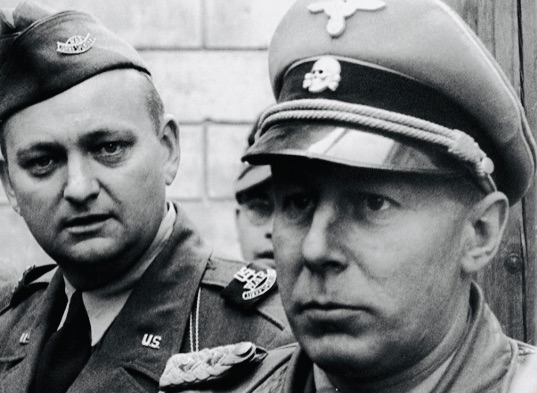
One of Gehlen’s informants was Walter Rauff. As well as inventing the gas vans, which asphyxiated 700,000 Jewish men, women and children in Poland, he and a colleague formed the mobile extermination squad, which would have murdered Jews in Palestine had Germany conquered it. In the late 1940s, Rauff joined a small cohort of German military advisors in Syria.
Ex-Nazis streamed into Egypt around the same time. Wilhelm Fahrmbacher, a Wehrmacht general, served as an advisor to the Egyptian army and Gerhard Mertins, a former paratrooper, trained Egyptians to conduct guerrilla warfare against British occupation troops.
Alois Brunner, a mass murderer, was a weapons trafficker in Egypt before moving to Syria in 1954 to work for the Syrian intelligence services. In this capacity, he tried to convince the Syrians to launch a naval raid to free war criminal Adolf Eichmann from his prison cell in Atlit.
In passing, Orbach mentions that 20,000 veterans of the Wehrmacht and the Waffen-SS joined the French Foreign Legion to fight the “war of the white race” in Algeria.
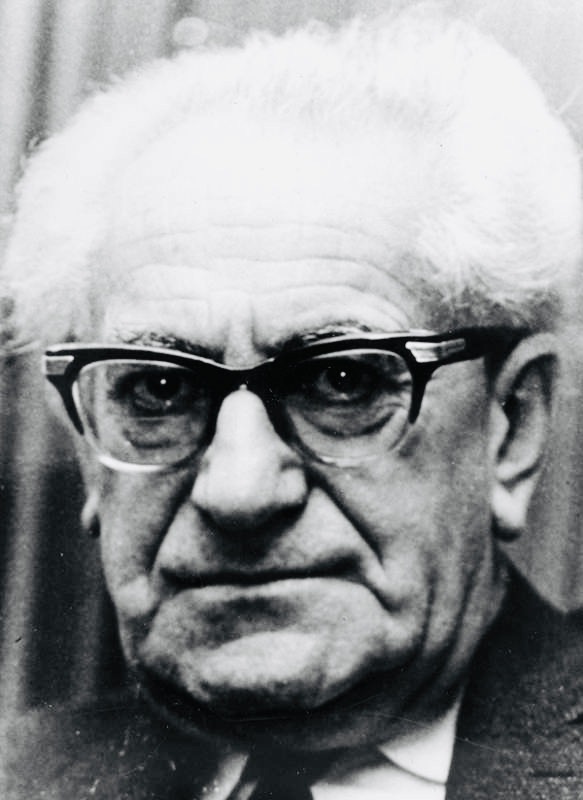
Fritz Bauer, a German Jew, was appointed attorney-general of the state of Hessen in 1956. With the unconditional support of his boss, George-August Zinn, he was determined to root out Nazi war criminals in West Germany and around the world. In pursuit if this objective, he leaked the location of Eichmann and Brunner to the Mossad, whose director, Isser Harel, had set up a special unit in 1960 to hunt down fugitive Nazis. The Mossad captured Eichmann in Buenos Aires and almost succeeded in assassinating Brunner in Damascus.
Alternatively, the Mossad recruited former Nazis such as Otto Skorzeny, an SS major and one of Adolf Hitler’s favorite officers who had freed Benito Mussolini from captivity in a commando raid in Italy. In public, Skorzeny expressed pro-Arab and anti-Israel views. But in private, he cooperated with the Mossad in extracting information about German rocket scientists in Egypt.
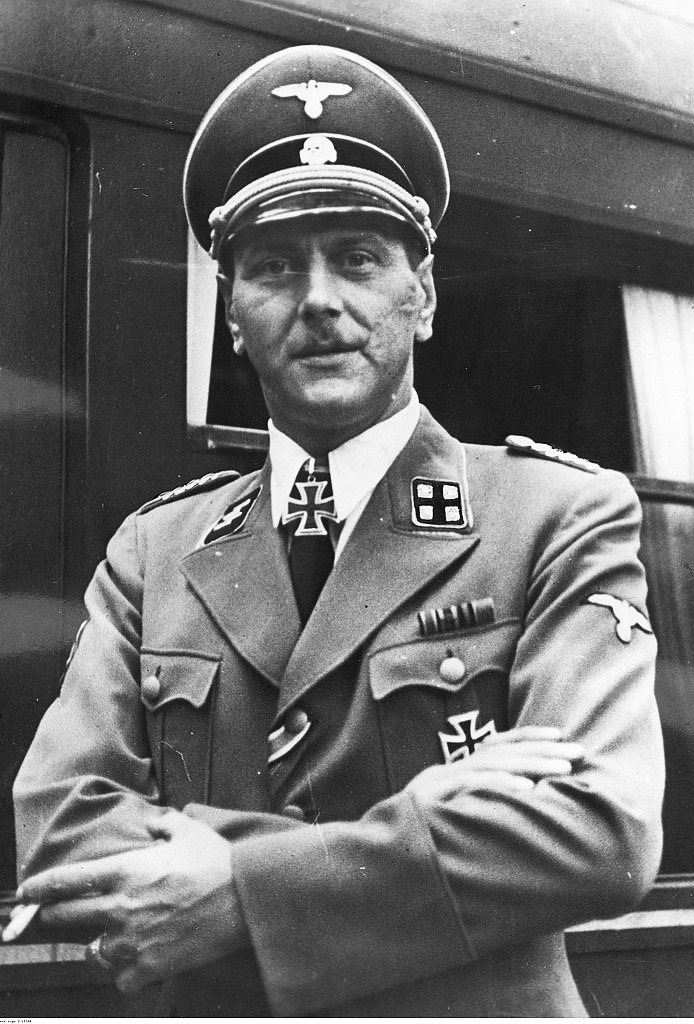
They posed a problem for Israel, having been suspected of helping Egypt develop long-range missiles that could reach Israeli cities. In the quest to eliminate this potential threat, Harel ordered a top-secret intimidation and assassination campaign against these scientists.
Wolfgang Lotz, a former German Jew and a Mossad agent stationed in Cairo, worked on this project.
During the mid-1960s, the Mossad temporarily phased out its anti-Nazi unit. Nonetheless, Mossad agents assassinated Herbert Cukers, a Latvian Nazi, in Uruguay. Israel’s new prime minister, Menachem Begin, revitalized it, and in 1980, a Mossad hit squad attempted to kill Rauff, who died a year later of lung cancer.
The Mossad also went after Joseph Mengele, the Angel of Death at the Auschwitz-Birkenau extermination camp, but he eluded its agents.
Eventually, the Mossad ceased all operations against Nazi fugitives, most of whom died of natural causes.
